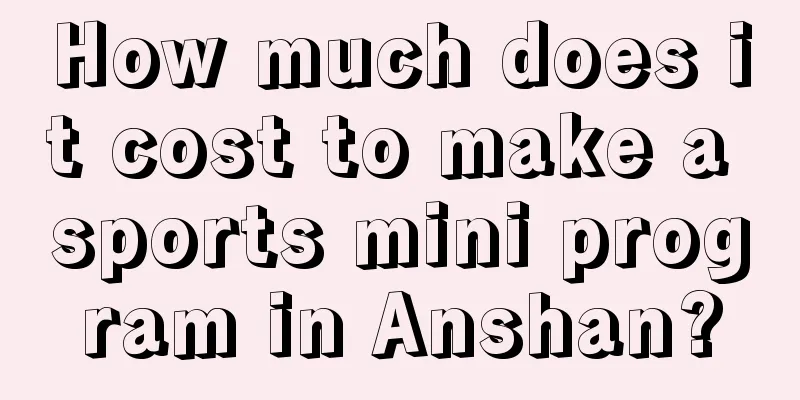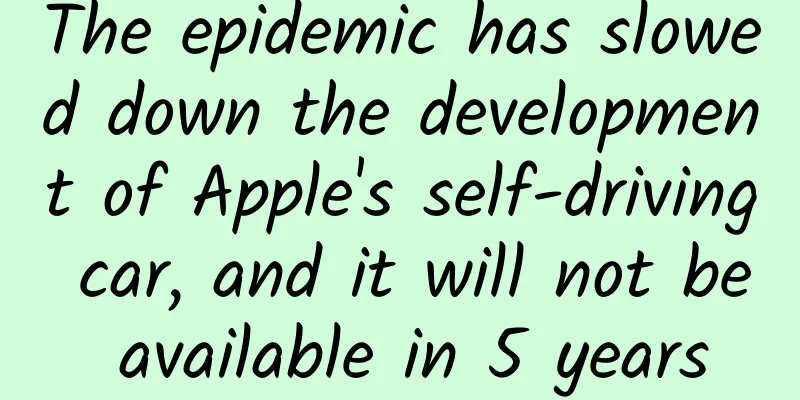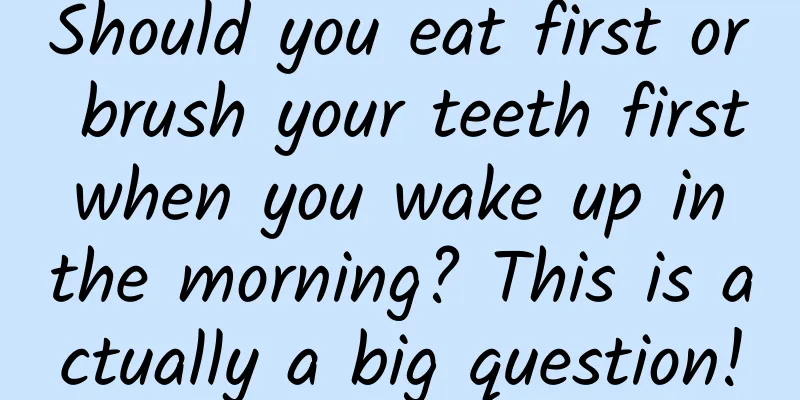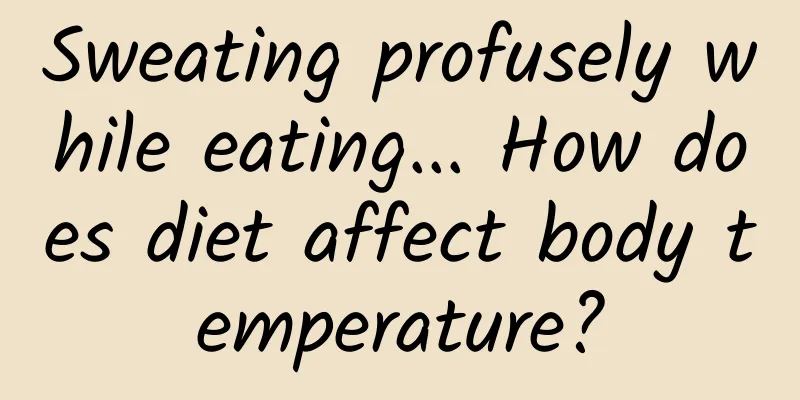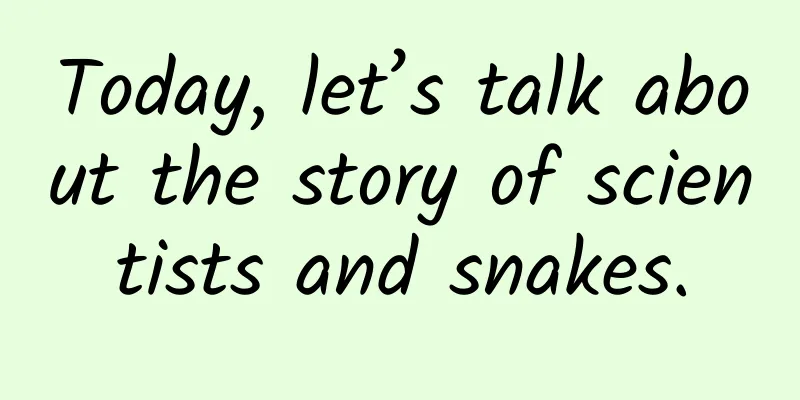Stop saying that children have ADHD, it seems that adults also have it?
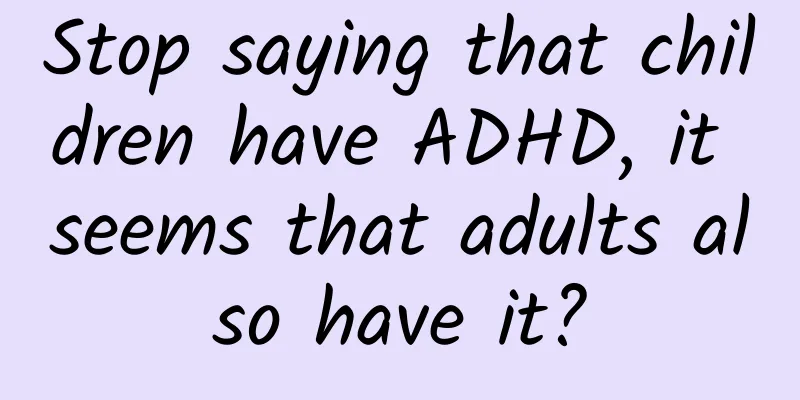
|
Speaking of "ADHD", it sounds like a disease exclusive to children. We rarely see an adult moving around like a child, and rarely use "hyperactivity" or "active" to describe an adult. However, some adults often feel restless, and they may often forget things, do things without considering the consequences, make mistakes in minor work, and other behaviors that seriously affect their work, study, and quality of life. Image source: Pixabay Some had symptoms of attention deficit when they were young and have not completely improved as they grow up; some have relatively good achievements now, but their potential has not been fully realized. For example, someone had a high IQ and was able to be admitted to a famous university, but because of his attention deficit, he was admitted to a very ordinary school. These symptoms are highly suspicious of adult ADHD, which is medically known as attention deficit hyperactivity disorder (ADHD). So, what are the symptoms of adult ADHD? How to seek medical treatment and treatment? Among adult ADHD patients, "movement" is not obvious, and they often encounter difficulties in many routine matters, such as arranging and starting work, maintaining the necessary concentration, evaluating and managing time, completing tasks on time, making life more organized, etc., which hinders them from achieving higher life achievements. At present, there are many adults with ADHD, which is very harmful. The ADHD detection rate of school students aged 6 to 16 in my country is 6.4%. In the past, it was wrongly believed that "children's ADHD will be fine when they grow up", so ADHD has not been taken seriously for a long time. In fact, if childhood ADHD is not scientifically treated, 70% will continue into adolescence and 50% will continue into adulthood. That is, adult ADHD accounts for about 3.2% of the population, which is much higher than adult schizophrenia, bipolar disorder and other mental and psychological diseases. Unfortunately, it is difficult to see a doctor for adult ADHD. For a long time, many adults with ADHD have been troubled by problems such as inattention, lack of direction, and impulsivity, which seriously affect their learning and work efficiency. They have not known that they may have "adult ADHD", and some suspect that they have adult ADHD, but they only suspect. It is not easy for an adult to be diagnosed with ADHD because there is no place to go. Go to the pediatric department for treatment, but the pediatrician cannot see adults. Go to the adult psychiatry department for treatment, and many doctors do not understand adult ADHD. At present, the diagnosis of adult ADHD is mainly completed in the child and adolescent psychiatry department (pediatrics). So, how does a doctor diagnose whether an adult has ADHD? Step 1: The doctor’s detailed interview is the most critical part, asking about the child’s academic and behavioral performance from childhood to adulthood. Step 2: prescribe symptom-related instruments/blood tests, scale assessments, etc. to comprehensively reflect physical conditions, brain function, attention, and whether there are comorbidities. Most adults with ADHD have weak control and executive systems, and have experienced long-term negative evaluations during their growth. This determines that the probability of suffering from other diseases such as anxiety and depression is much higher than that of normal people from two aspects of physiological and social factors. Diagnosis is the beginning of hope. Once diagnosed, can adult ADHD be treated? ADHD is one of the few mental illnesses that can be clinically cured, especially with early scientific treatment, there is great hope for clinical cure. The chances of clinical cure for adult ADHD may not be as good as that for childhood, but the inability to be clinically cured does not mean that it does not need to be treated. Treatment of adult ADHD can improve attention, work and study efficiency, improve impulsive behavior, alleviate some emotional problems, and improve quality of life. The current treatment is a comprehensive method that combines drug therapy and non-drug therapy. Drug therapy is effective for about 70%-80% of patients, and non-drug therapy includes physical therapy and psychological behavioral therapy. If there is a concurrent mood disorder, the doctor will choose whether to use antidepressants or antianxiety agents based on the severity. ADHD is a disease that affects every aspect of a person throughout their life. The current treatment effect is not bad, so if you find a problem, seek medical help in time. Source: Chongqing Mental Health Center Author: Wang Meng, M.S., attending physician of the Children and Adolescents Department of Chongqing Mental Health Center Reviewer: Wang Minjian Statement: Except for original content and special notes, some pictures are from the Internet. They are not for commercial purposes and are only used as popular science materials. The copyright belongs to the original authors. If there is any infringement, please contact us to delete them. |
Recommend
iOS 9 split-screen multitasking: Slide Over & Split View Quick Start (Chinese version)
Follow the instructions in this chapter to enable...
"Dragon Fighter" TV version trial play: I am not a dragon, please call me a self-destructing warrior
Since the Balala the Fairies game and the movie w...
2019 Mayu APP product analysis report!
1. Product structure analysis Product Structure D...
More than 30,000 butts get blown up by toilets every year! Don't do this when you go to the toilet →
Source: Dr. Curious...
The world's first nuclear-powered "mobile power bank" is not simple
"Linglong No. 1" is the world's fir...
Why do fish feel thirsty in water?
Drink water when you are thirsty. This is an inst...
There is disinfectant in the air. Where does it come from? It is formed spontaneously
Hydrogen peroxide, if this name sounds unfamiliar...
China Life Sciences and Healthcare Industry Survey Results: Current Status and Outlook in 2023
How will your company's business performance ...
From the perspective of user experience, 3 suggestions should be paid attention to improve VR user retention rate
As it turns out, the development of VR is not as ...
Guangzhou suspends import of frozen meat and aquatic products from epidemic areas (full text)
According to the news released by Guangzhou on Au...
Help! Did this fish steal grandpa’s dentures?
Produced by: Science Popularization China Produce...
Hot, hot, hot! How big is the difference between loving to drink water and not liking to drink water?
As the weather gets hotter, "drink more wate...
Where is a bird's nose? What is it used for?
There are news reports, Seagulls circling over th...
Comparing the two years of Stanford AI reports: 32 charts to help you fully understand the development of the industry
The AI Index project of Stanford University'...
How to plan an event with high user participation?
0. What is event operation? Before we talk about ...




